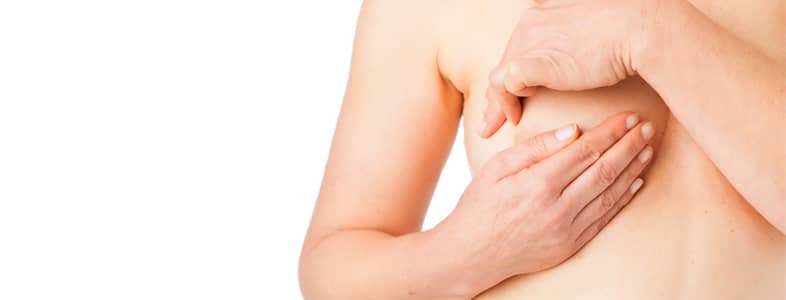
Consequently, a patient may see the implant slowly descending on the chest, or the nipple appears to be higher on the implant than initially. This appearance will often prompt patients to seek out professional help to correct the changes that have occurred. Fortunately, there are many different surgical techniques to help correct bottoming out of saline or silicone breast implants.
Correcting the inciting cause is the primary goal of the surgery. If the implant is deemed too large, we will often recommend downsizing the implant. If it appears it was related to a surgical technique, the same implant can usually be kept in place. An in-person consultation would need to be completed to determine which of these were the primary cause.
The primary correction of this problem is what has been termed an “internal bra” technique. This involved suturing the breast capsule that usually develops after the placement of an implant. The capsule is a strong fibrous structure that can serve to support the weight of the implant. Frequently, this is all that is needed to do to correct the bottoming out. Often, the capsule is simultaneously released in the upper aspect to facilitate the implant’s ease of moving upward. This can be done from side to side as well.
Another potential issue related to bottoming out is a phenomenon called a “double bubble.” This happens when the implant drops below the fold, but the breast’s crease creates a second crease in the implant. This forms an indention in the breast’s lower aspect, creating two bulges – commonly termed a “double bubble.” This, too, can be corrected through the process of tightening the internal capsule to its original, desired location.
More aggressive options exist to correct situations where the patient has had a reoccurrence of this problem or is known to have a particularly weak capsule. In these situations, we commonly employ something called an acellular dermal matrix (ADM). This collagen sheet can be inserted into the body to help support the breast’s lower aspect. This can be used in all breast capsule areas, the most commonly seen in a bottoming out type situation. We will discuss this more in an upcoming blog post.
If you are interested in learning more about your options for correcting bottoming out, call our office to schedule your complimentary, in-person consultation at 858-638-9800.
*The content in this blog is developed to spread the awareness towards plastic surgery. Our blog is not intended to serve as a replacement for an actual in-office consultation with Dr. Marin. As such, the information within this blog reflects the unique cases of our individual patients.
Comments are closed here.